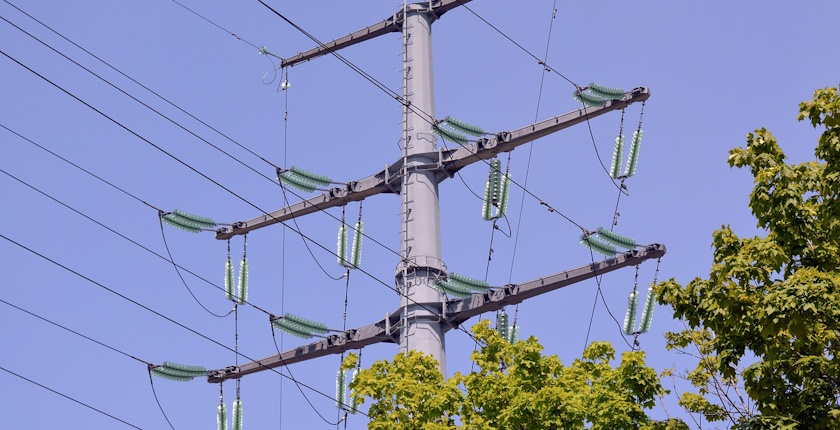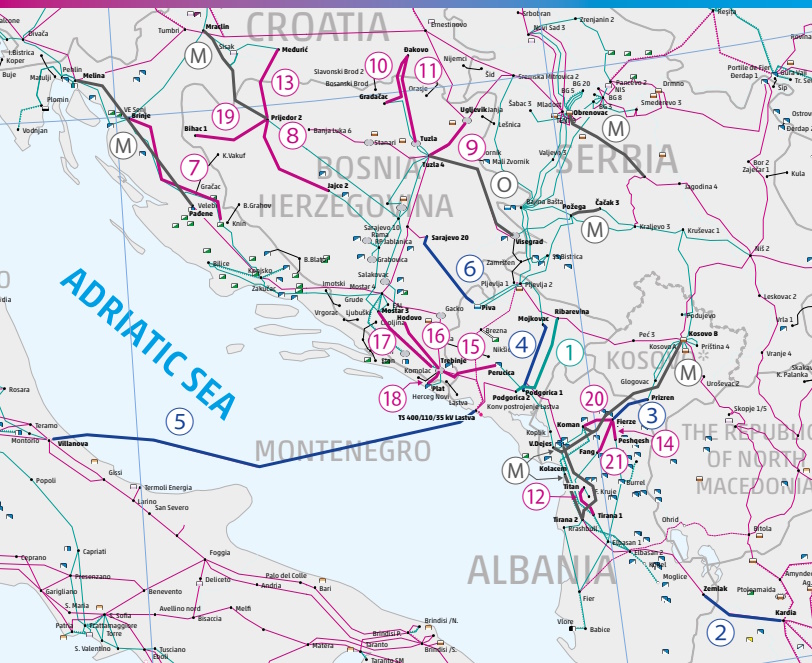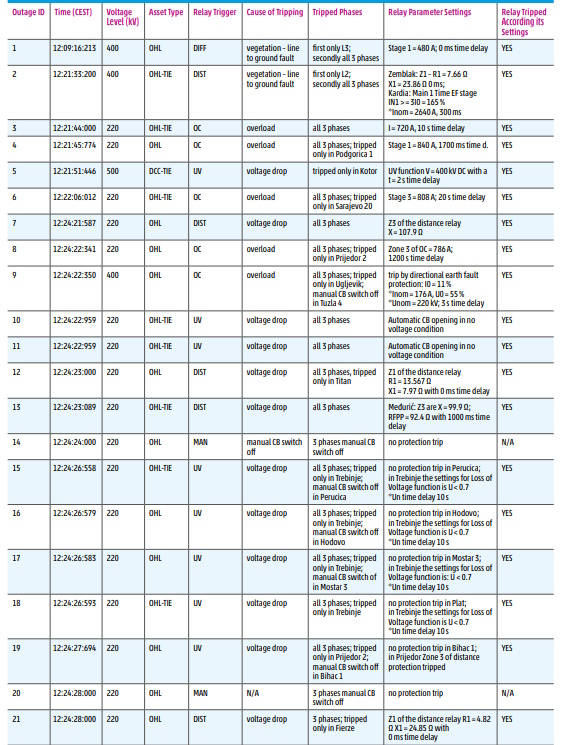
Photo: Alina Kuptsova from Pixabay
The cause of the cascading power failure on June 21 was overgrown vegetation beneath the two affected overhead lines, according to the European Network of Transmission System Operators for Electricity (ENTSO-E).
ENTSO-E is investigating the incident, which left Bosnia and Herzegovina, almost entire Albania and Montenegro and parts of Croatia without power supply for three hours.
In July, following the blackout incident, ENTSO-E, the European Union Agency for the Cooperation of Energy Regulators (ACER) and the regulators and transmission system operators (TSOs) in the region – Operatori i Sistemit të Transmetimit (OST) of Albania, Independent System Operator in Bosnia and Herzegovina (NOSBiH) from BiH, Crnogorski Elektroprenosni Sistem (CGES) of Montenegro and Hrvatski Operator Prijenosnog Sustava (HOPS) of Croatia – held the first meeting of their joint expert panel.
Now ENTSO-E published an interim-factual report, describing the system conditions before the incident and listing the timeline of the event as well as the steps taken directly after the incident.
The first two short circuits were caused by vegetation
The report will be the basis for further investigation by an expert panel – composed of representatives of ENTSO-E, ACER and national regulatory authorities – which shall prepare a final report, ENTSO-E said.

According to the interim report, first in the sequence was the outage at 12:09 of overhead line Podgorica 2 – Ribarevine in Montenegro. It tripped due to a short circuit caused by overgrown vegetation beneath the transmission line. The outage caused an initial drop in voltages across the region, but they stabilized quickly, the document reads.
The second outage was the tripping of the Zemblak-Kardia overhead tie line between Albania and Greece, at 12:21. The short circuit was by vegetation beneath, the same as in the first outage.
A final report is expected to be published by the beginning of 2025
The cascading event continued with several 220 kV lines disconnecting, together with the Monita high-voltage direct current (HVDC) undersea interconnection between Montenegro and Italy, as the undervoltage protection system was triggered at the Montenegrin side, in Lastva. The affected areas lost voltage at 12:24.
During the incident, automatic voltage regulation was applied and all transformers reacted properly, considering regulated voltage set points, the report underlines.
The expert panel’s final report will include an analysis of the incident and recommendations, if necessary, to help prevent similar occurrences in the future.
The group began its work in July, ENTSO-E noted and added that the final report summarizing its findings is expected to be published on its website by the beginning of 2025.



















Be the first one to comment on this article.